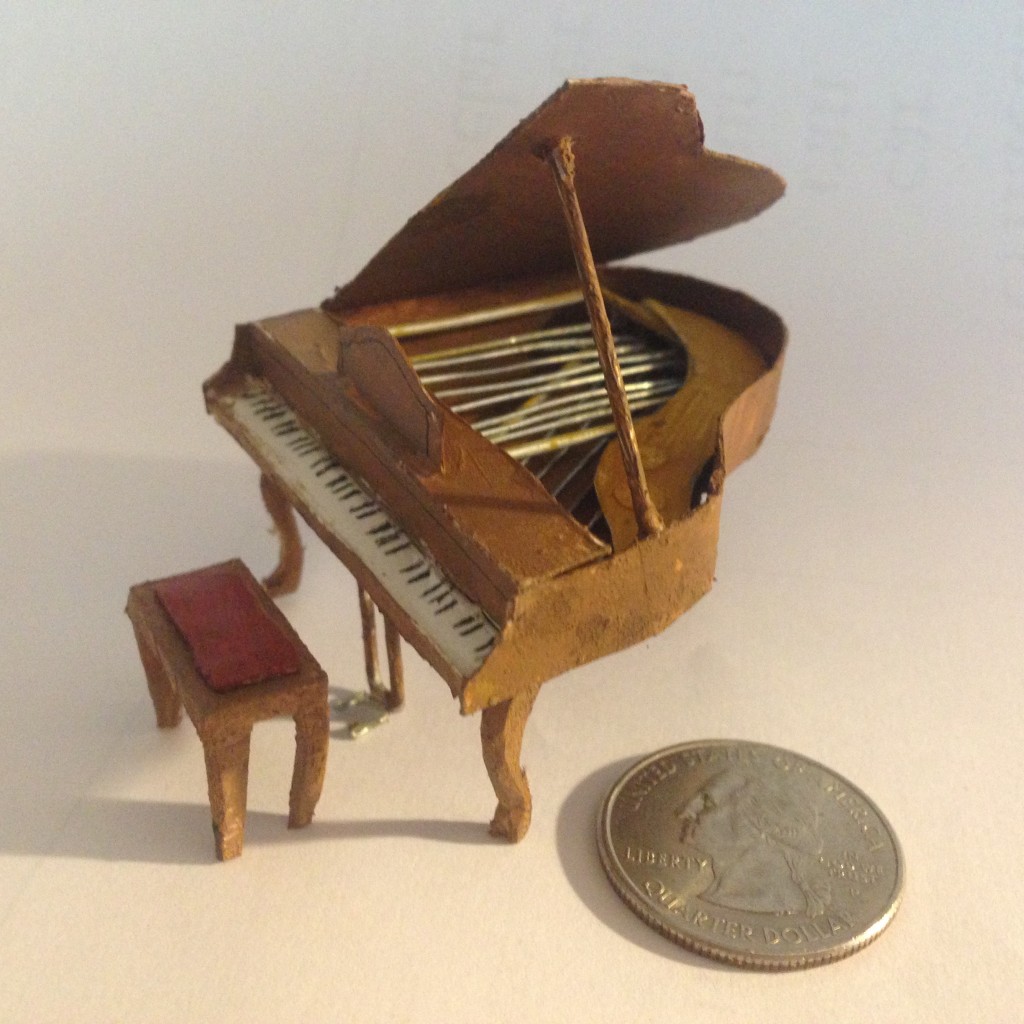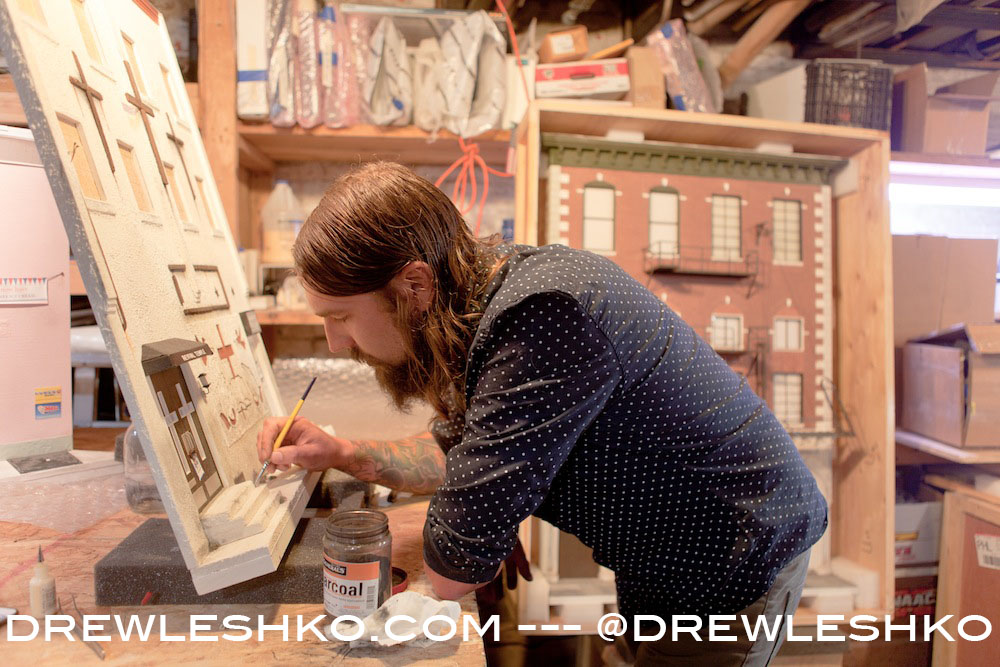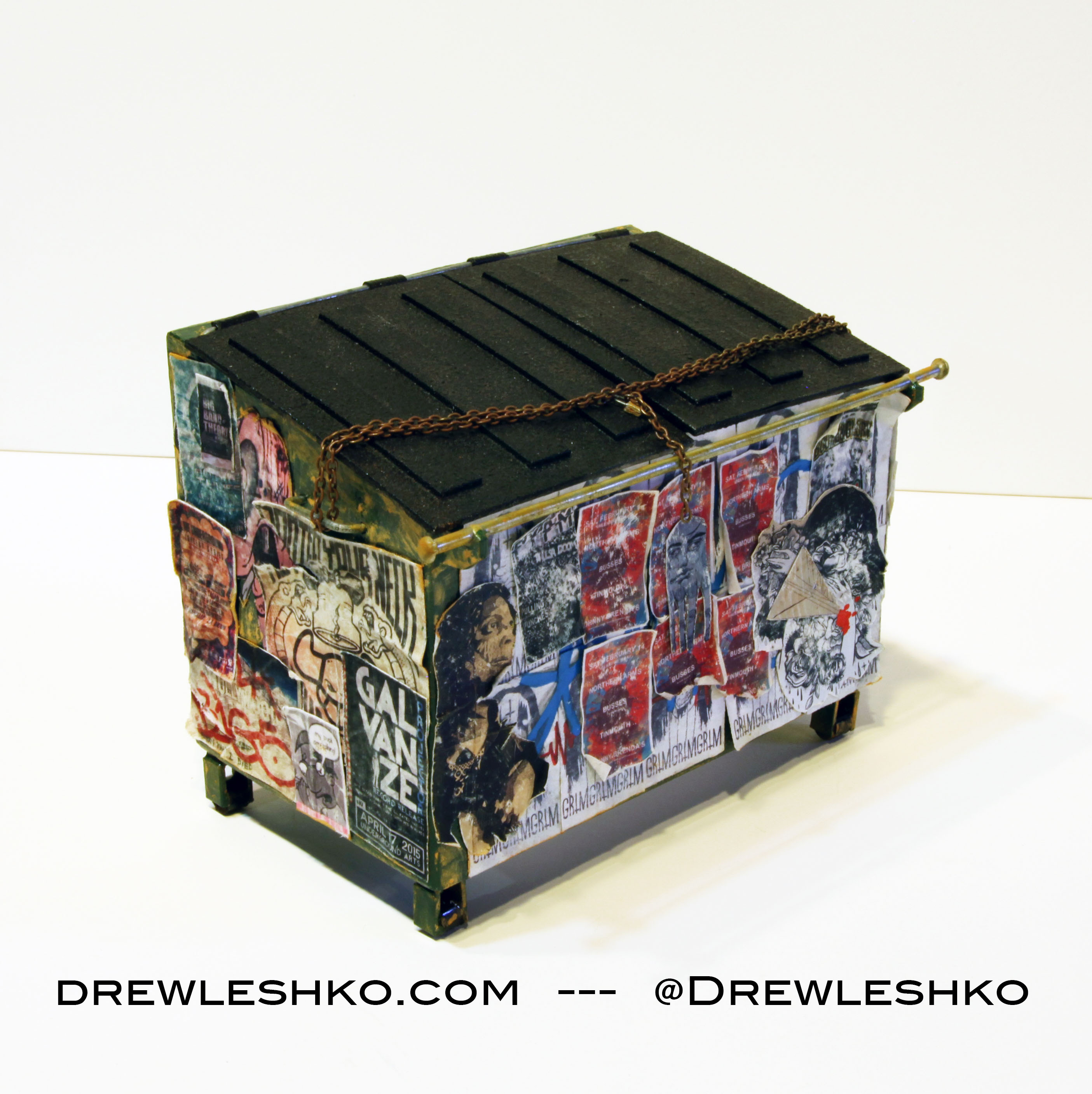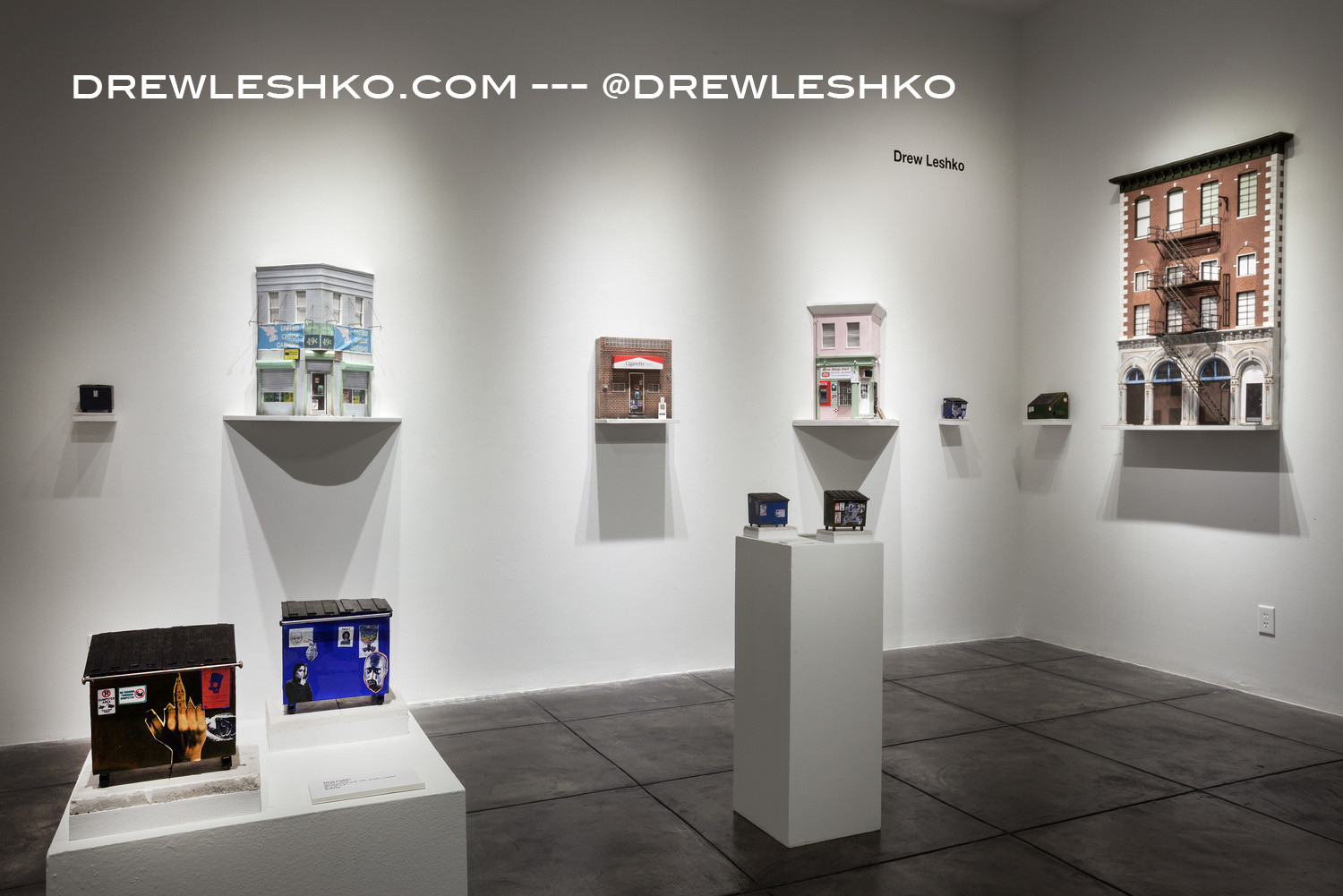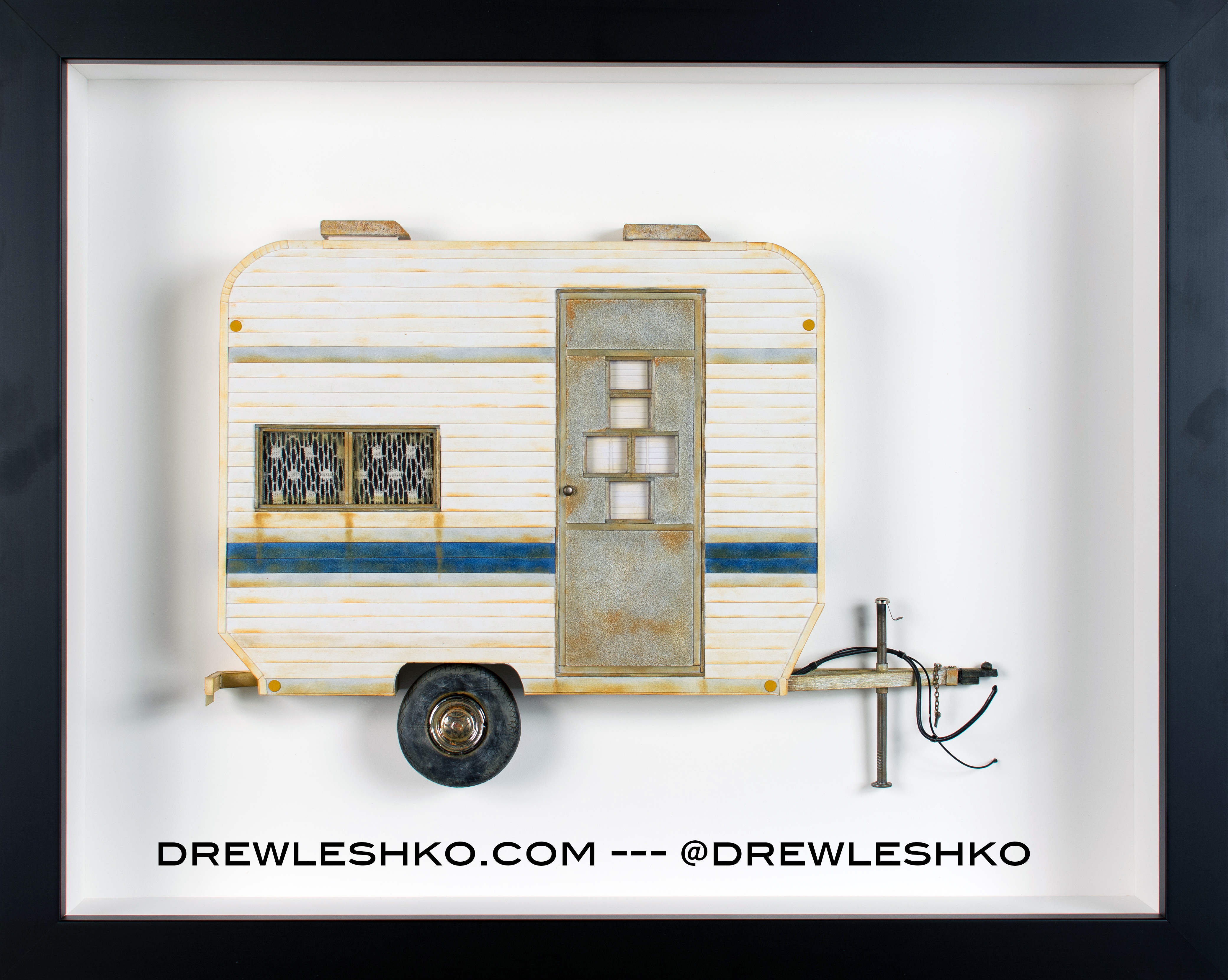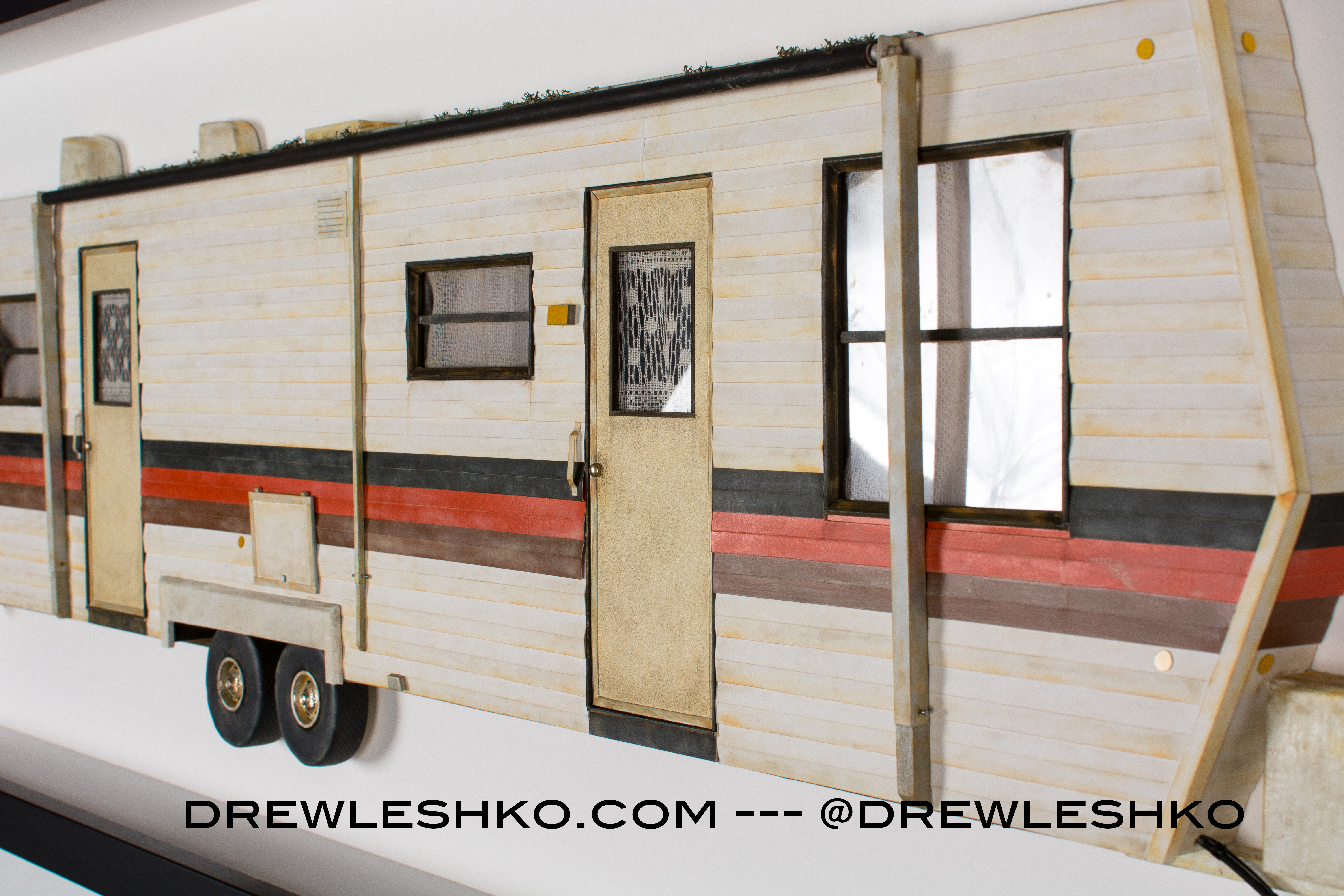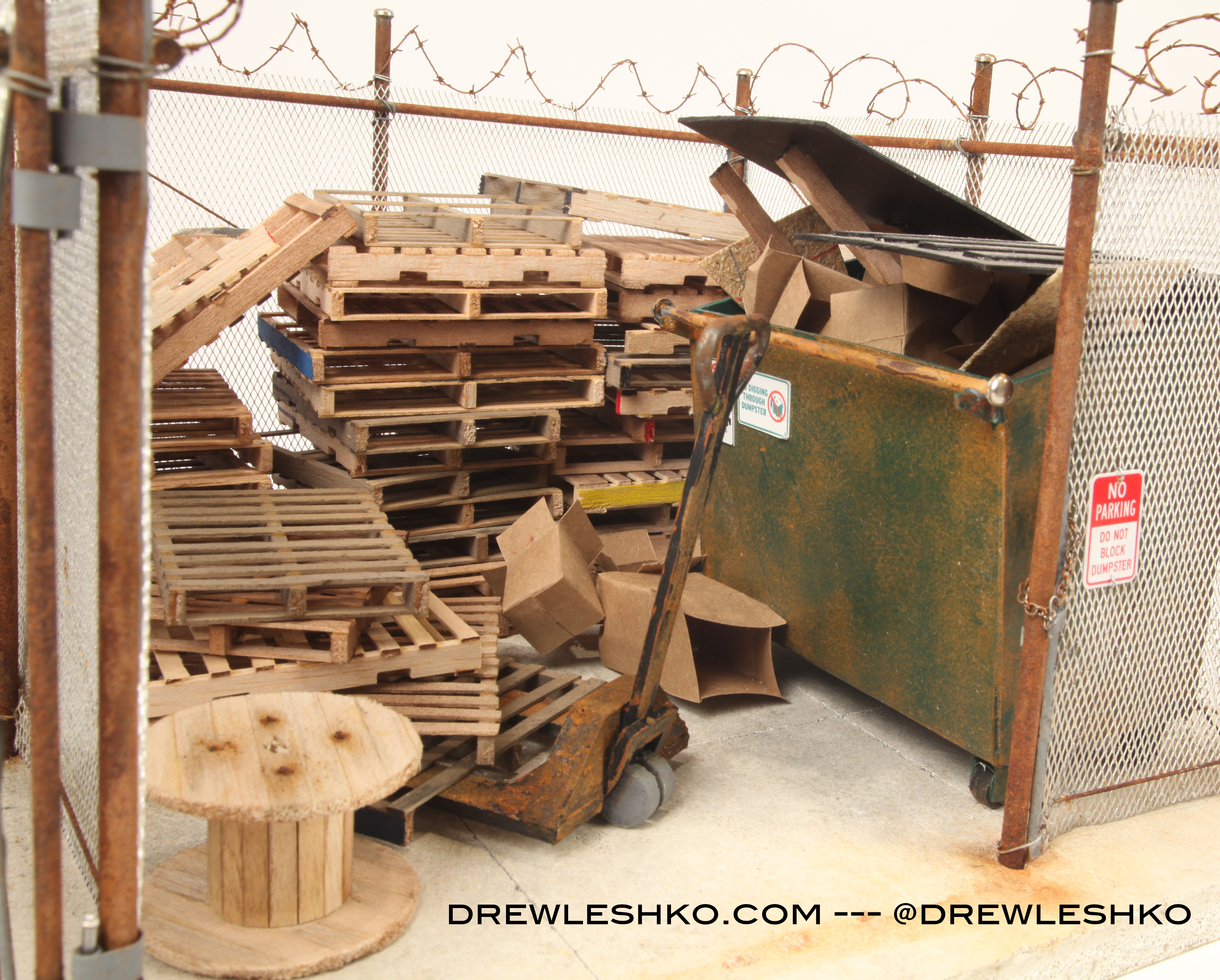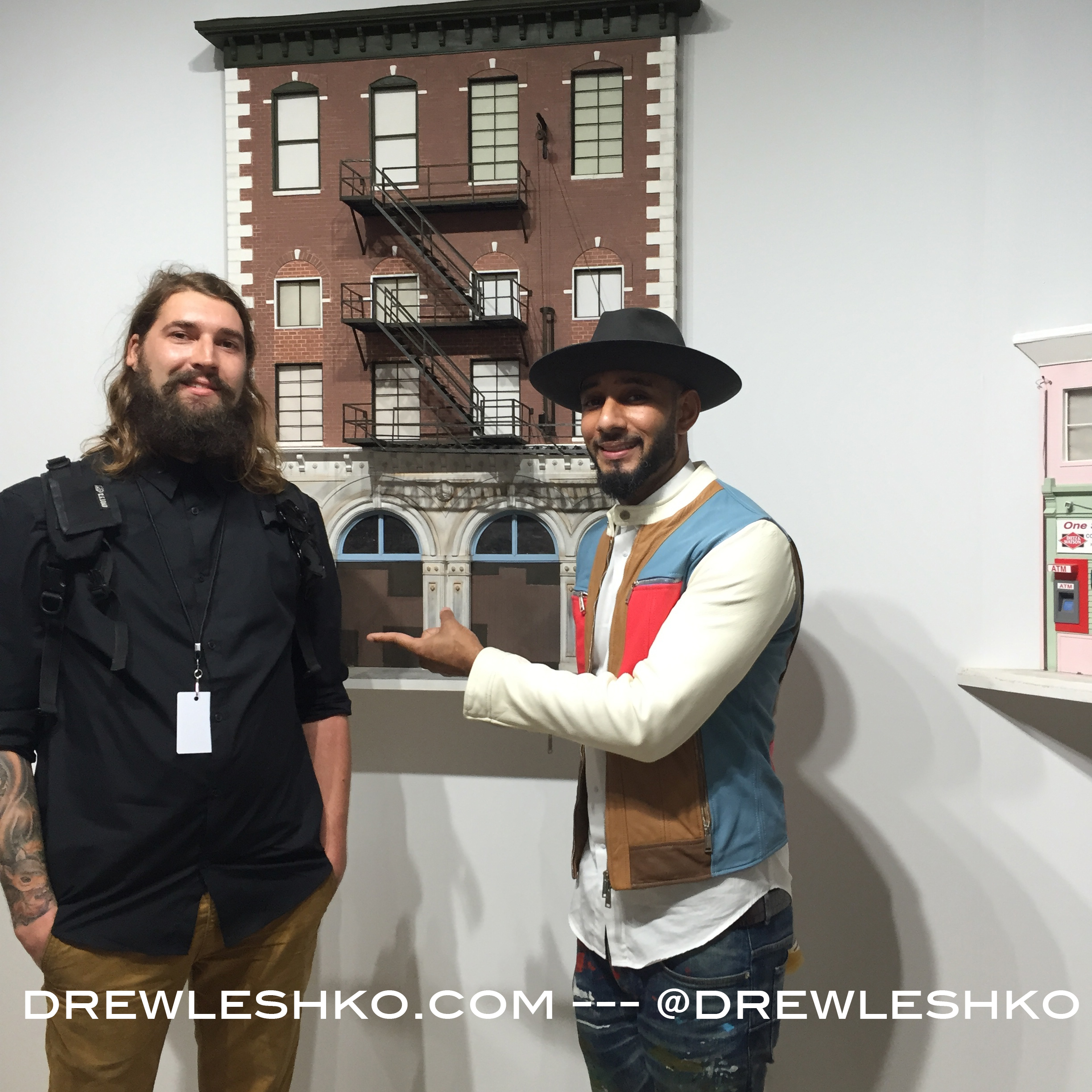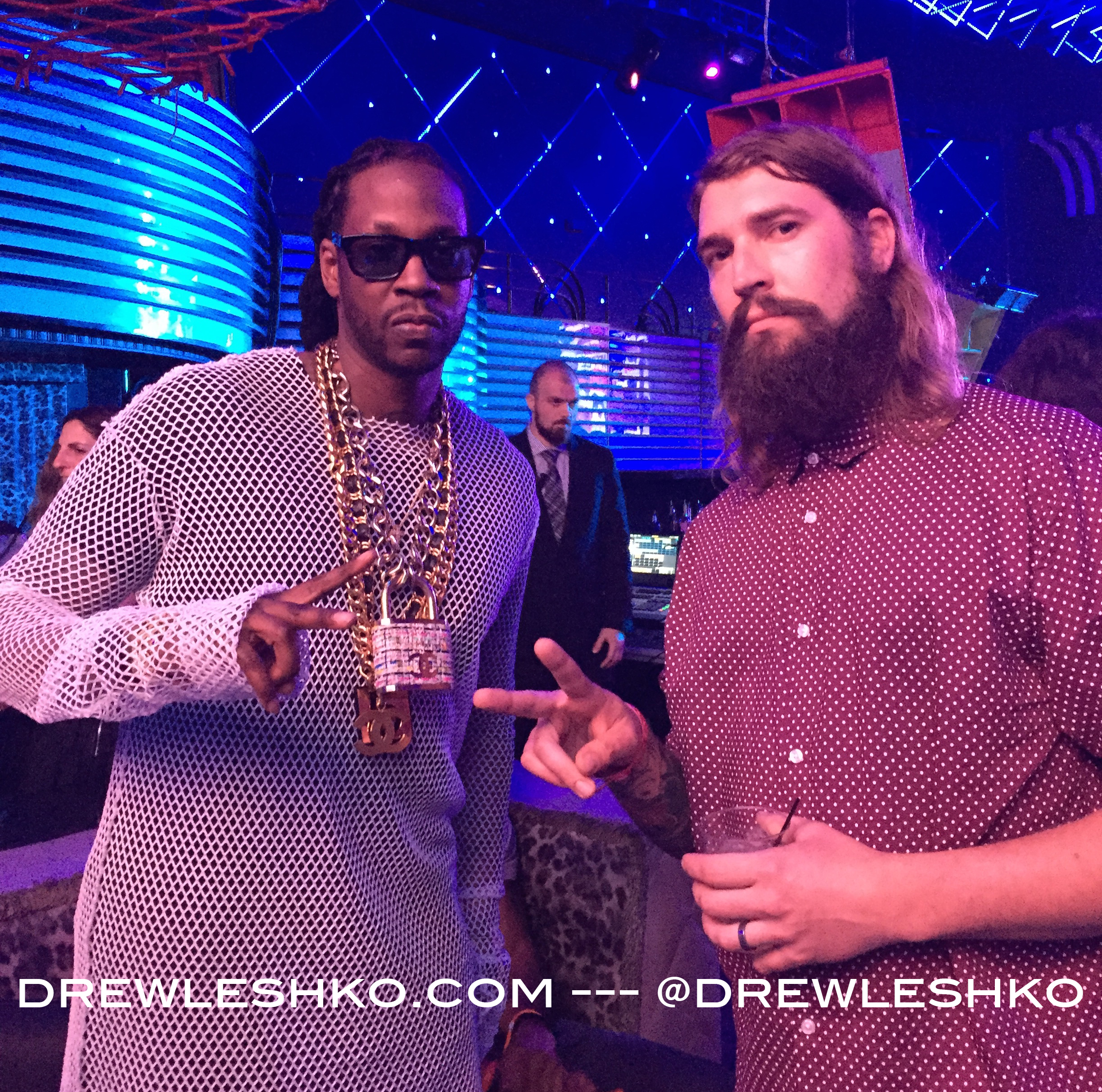Miniatures in Paper by Jon Frier
 How did you first get started making paper miniatures? Where does the interest stem from?
How did you first get started making paper miniatures? Where does the interest stem from?
Oddly enough, my model-making stems more from an interest in (obsession with) aviation rather than my art background. I have a relative who is a WWII veteran. He was a Navy pilot and when I was younger, he told me about the planes he flew and all the experiences he had in the war. One day I was trying to figure out how to fold paper airplanes that looked like real planes, and I realized that I could do more than just fold the paper. I grabbed some cardboard and tape and scissors, and I made my first model plane. That was probably around 8th grade, and I’ve been honing the craft ever since. Until recently, I had only made model aircrafts.
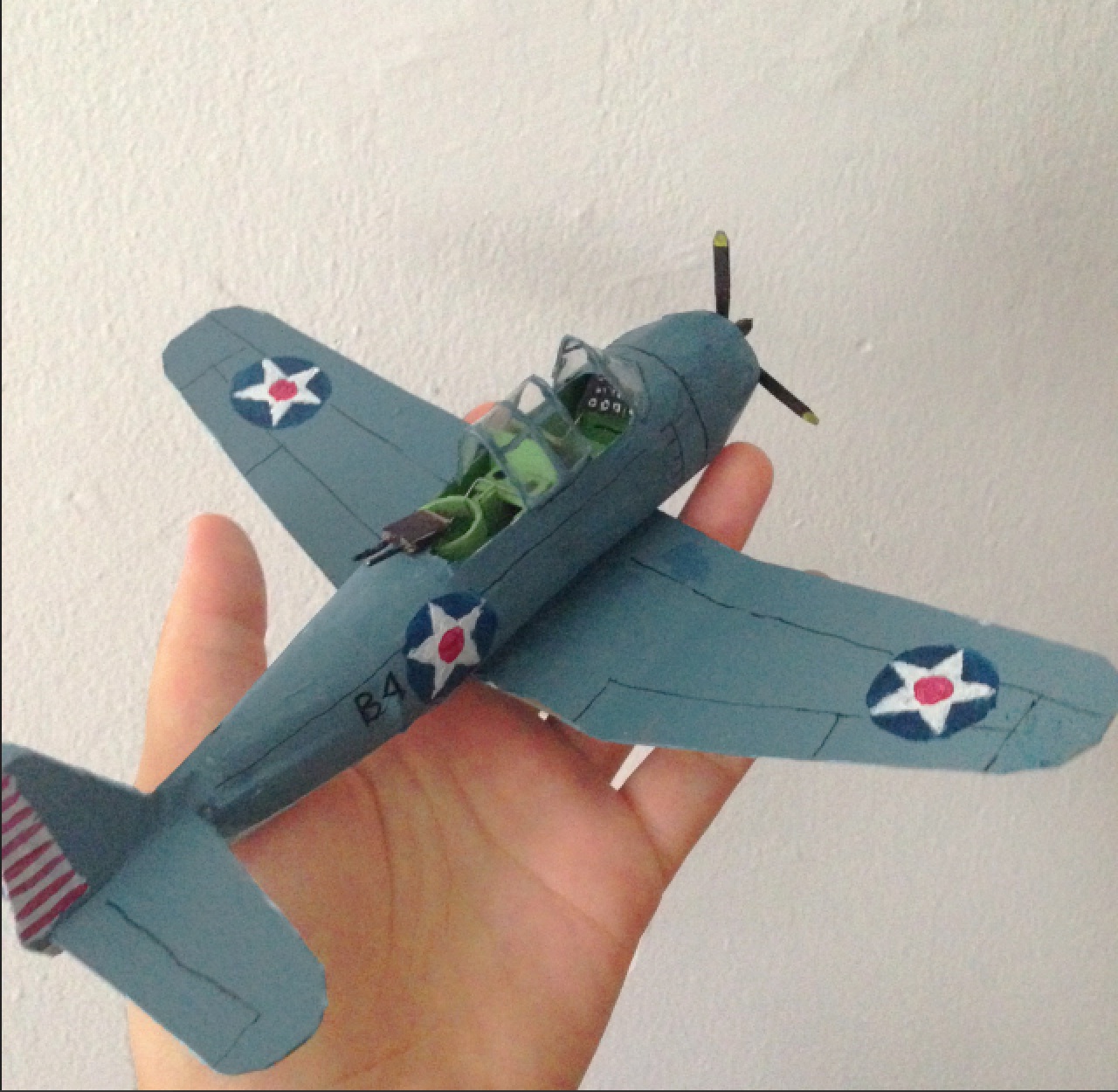 What are you currently studying?
What are you currently studying?
I am currently earning a BFA in Communication Design from Pratt Institute, with a focus on Graphic Design.
How have your studies at Pratt influenced your miniature designs?
The best thing about being at such a high caliber art and design college is that I am constantly surrounded by incredible people who are doing incredible things, both staff and students. Even if it isn’t miniature work specifically, I’m always learning about new techniques and processes from my peers. Also learning design and art from talented working professionals doesn’t hurt my craft either.
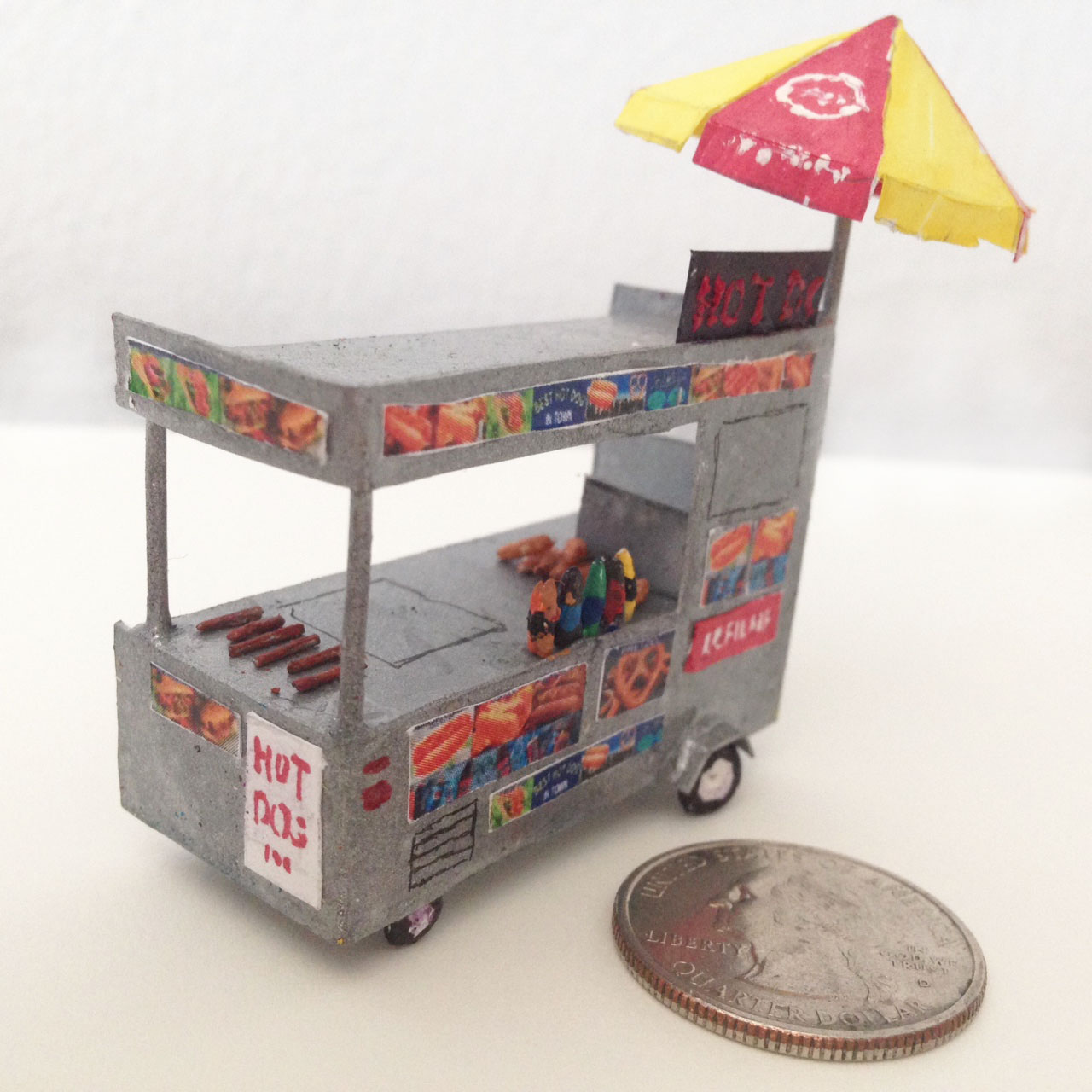 Do you have any favorite miniature projects you’ve created?
Do you have any favorite miniature projects you’ve created?
My favorite creations tend be the ones that allow me to try something new. It could be a new material, technique or subject matter. One of my favorites has to be the food cart. It was the first time I used digital printing and clay in my miniatures, and that opened the door to much smaller and more intricate works. I definitely want to do another one like it soon (possibly a newsstand).
Any new miniature paper designs in the works?
I’m always thinking about what objects around me I can shrink. Lately, I have been working on some collaborative pieces with a couple of peers who do awesome small-scale clay models. I’m excited to show those off soon. I also had a lot of fun using light in my minis recently and I want to play more with that soon as well. My goal on that front is to somehow figure out how to make a tiny illuminated neon sign for a model. I have no idea how I’m going to do it.
 What different materials do you use to make your miniatures?
What different materials do you use to make your miniatures?
I’ve probably tried everything you can imagine at some point. The work I do now is largely composed of Bristol paper, chipboard, clay and wire. The one thing I couldn’t make a mini without is glue (Locktite super glue is my best friend).
What is the most challenging aspect of working in small scale?
In short, hands and eyes. My hands are too big and my eyes are too weak.
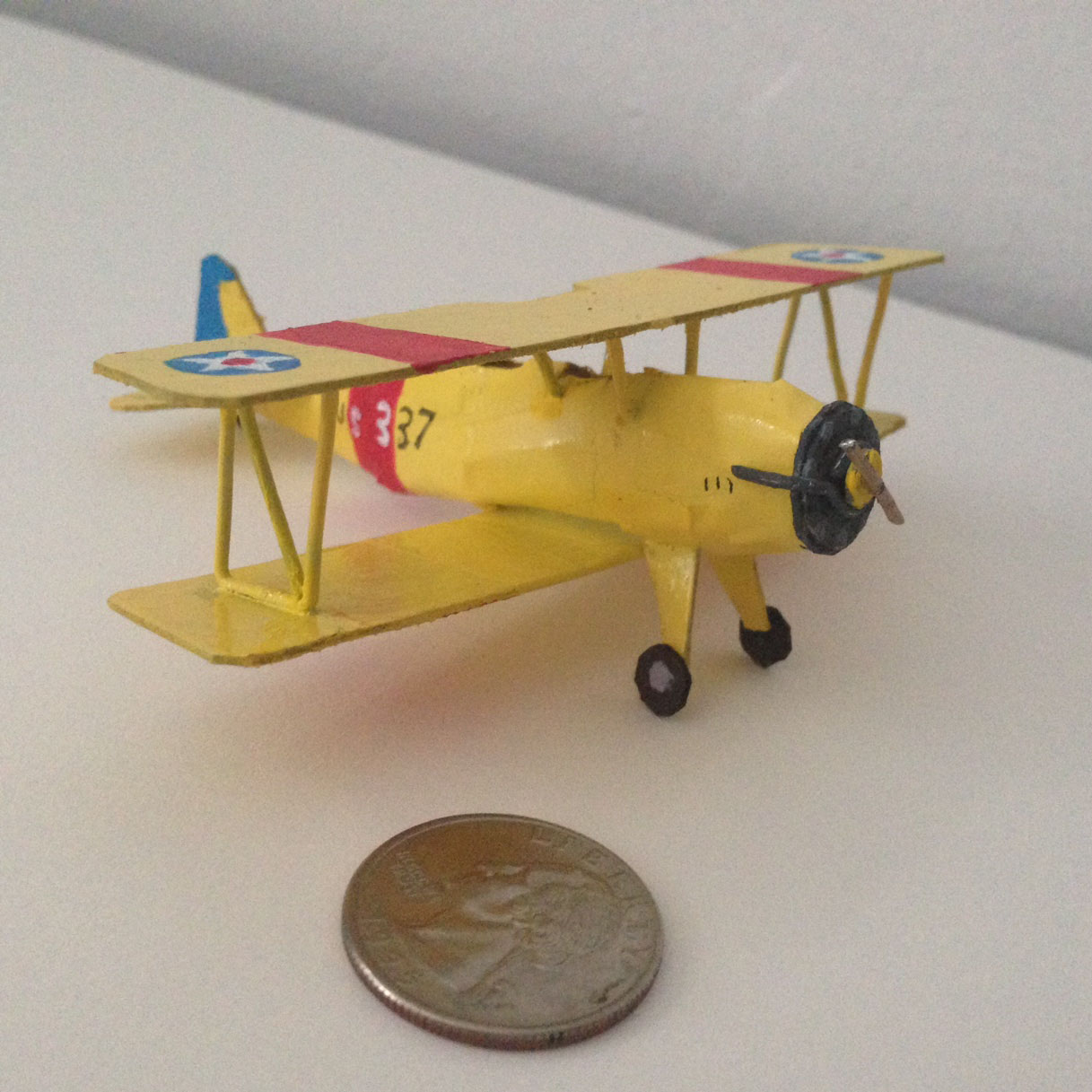 Advice for beginner artists and designers?
Advice for beginner artists and designers?
Always be looking. When you’re walking around, look up, look down, look behind you. Look in places that seem like they have nothing to look at. Ask questions, talk to people. Inspiration is found at the oddest moments and in the oddest places. And then when that inspiration comes, make sure you have a notebook or sketchbook handy, or at least take a picture with your phone. Oh, and draw… a lot!
Inspiration comes from the weirdest things. I have moments in my everyday life where I stop in my tracks and look at something and think, “I have to figure out how to make that tiny.” I’ve gotten in the habit of snapping pictures of all kinds of things that give me ideas.
Who inspires you?
Anyone that wastes his or her time doing art inspires me. But specifically: most of my professors, most of my peers and everyone who’s ever been featured on @dailymini.
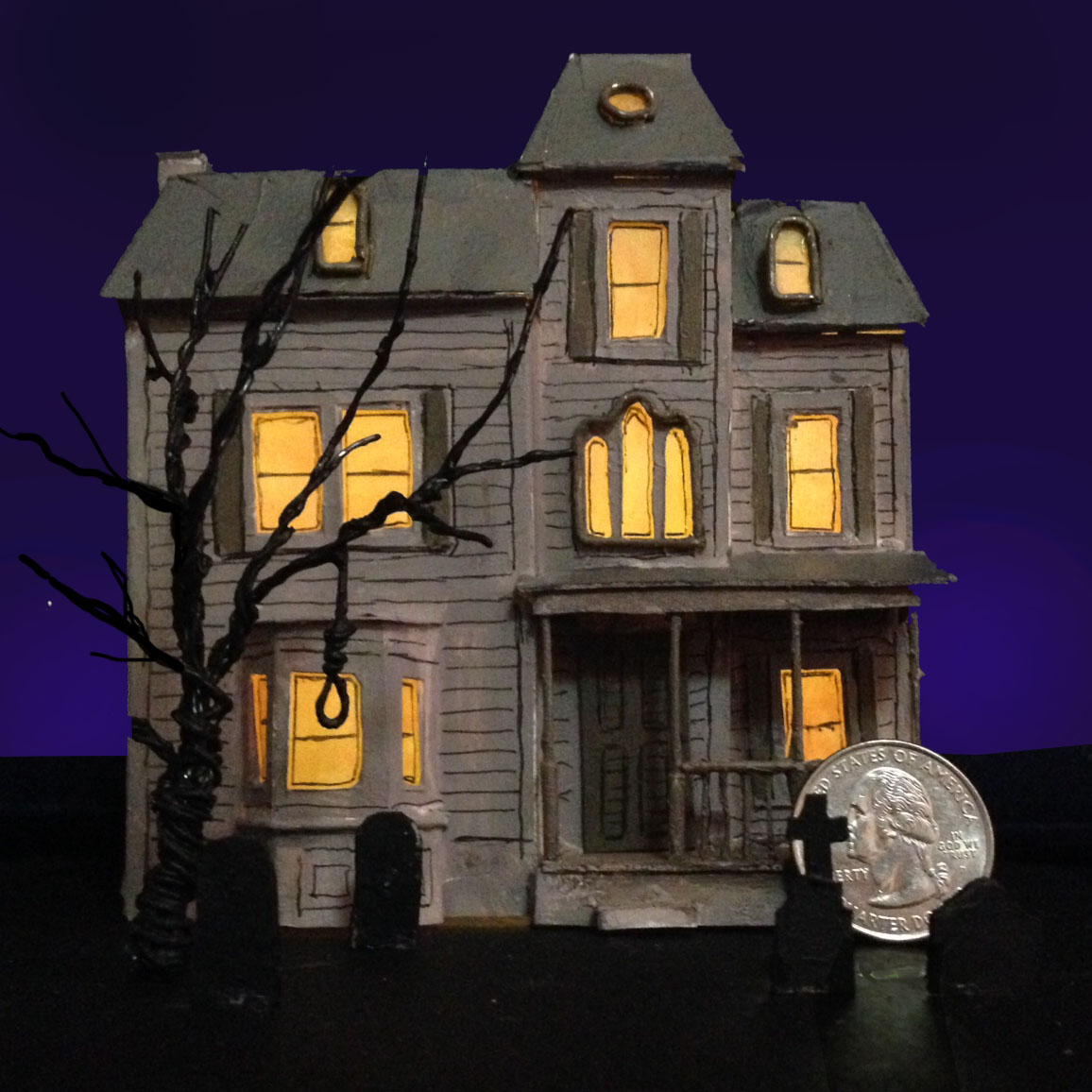 What is the most memorable miniature you have ever seen by another artist?
What is the most memorable miniature you have ever seen by another artist?
Baltimore is home to the American Visionary Art Museum. Part of their permanent collecting is a 16-foot long scale model of the Lusitania by Wayne Kusy made entirely out of toothpicks. It is incredible.
What appeals to you most about your work with miniatures?
My favorite part of making miniatures is problem solving. Every project presents new challenges and I enjoy the process of tinkering and experimenting to figure out the right material or tool for the job. It is also extremely satisfying to be able to shrink my world down and put it on a shelf. It’s almost like a super power. Sometimes I find myself staring at a building or a vending machine or something and thinking, “what tool could I use to make that thing the size of a golf ball?” It is a fun way to look at the world.
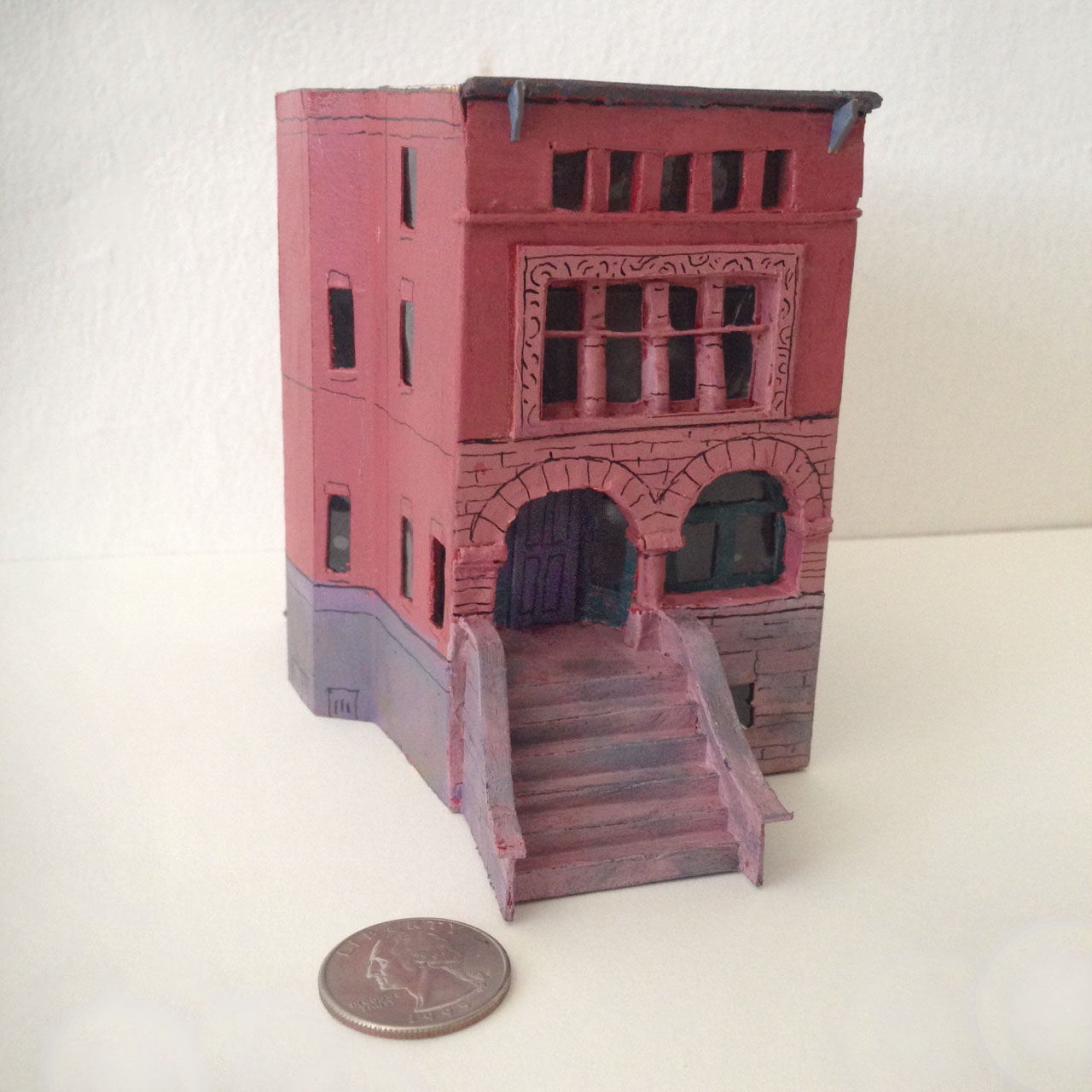 Upcoming projects or exhibitions planned?
Upcoming projects or exhibitions planned?
I would love to exhibit my work somewhere, I just don’t have the connections yet.
Other activities you enjoy?
I’ve been doing a lot of animation lately. I’m taking an animation class as an elective and I spend a lot of my free time doing that. Besides that, I always draw. I can’t tell you how many sketchbooks are piled up in storage back home. And the guitar is good for relieving stress.
Jon Frier is a PrattComD student currently studying Graphic Design. Originally from Baltimore, Maryland, he now lives in Brooklyn, NY. Check out his portfolio on Behance, and see what he’s been making in miniature on Instagram!
